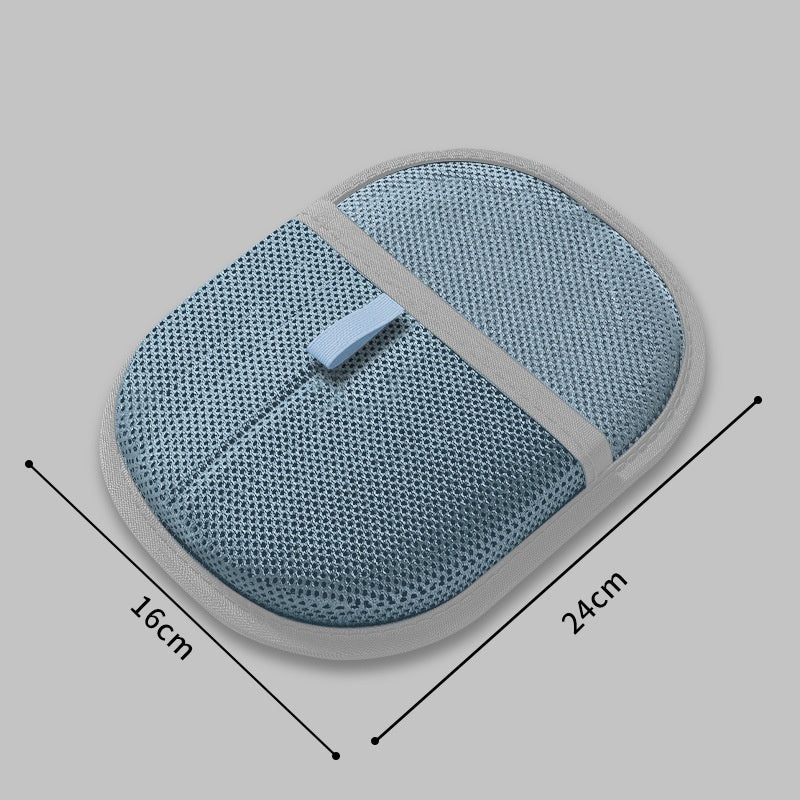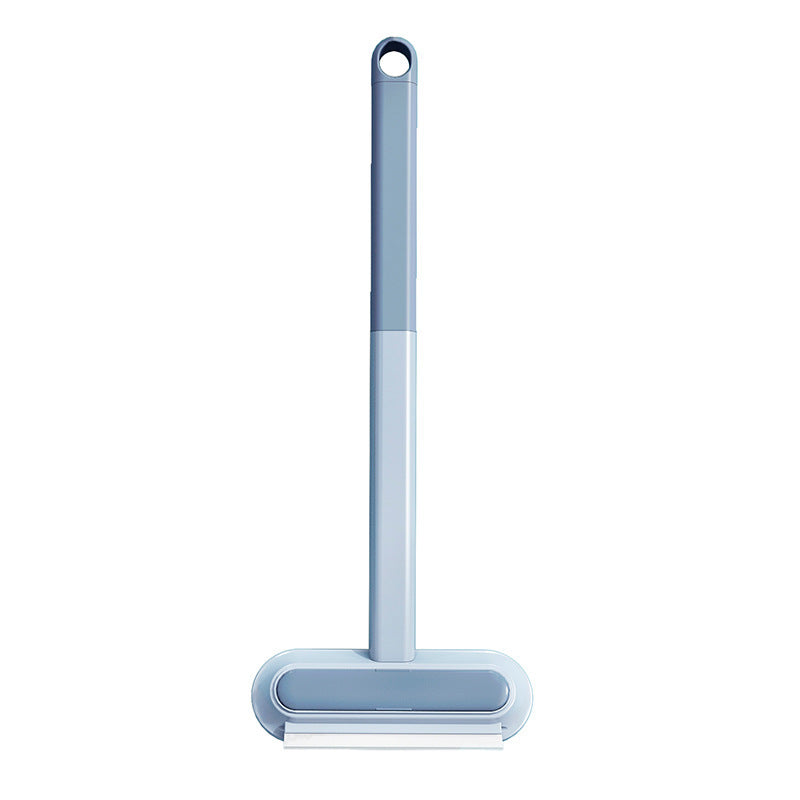Cat aggression is often misunderstood behaviour that typically stems from fear, stress, territorial concerns, or medical issues rather than malicious intent. Understanding the root causes of aggressive behavior is crucial for addressing it effectively and safely.
Most aggressive cats can be helped through proper management, environmental changes, and sometimes medical intervention, restoring harmony to your household and improving your cat's quality of life.
Types of feline aggression: Fear-based aggression occurs when cats feel cornered or threatened, often accompanied by defensive postures like flattened ears, dilated pupils, and crouched body positions. Territorial aggression involves protecting resources, spaces, or family members from perceived intruders. Play aggression typically develops in under-stimulated cats who haven't learned appropriate play boundaries, often targeting moving hands or feet.
Medical causes: Pain from arthritis, dental disease, or other conditions can cause cats to become aggressive when touched or approached. Hyperthyroidism, brain tumors, and other neurological conditions may alter behavior and increase aggression. Senior cats may develop cognitive dysfunction leading to confusion and defensive behaviors. Any sudden onset of aggression warrants veterinary evaluation.
Environmental triggers: Overcrowding, inadequate resources, or changes in household routine can trigger aggressive responses. Redirected aggression occurs when cats become aroused by one stimulus (like seeing outdoor cats) but direct aggression toward available targets (family members or other pets). Lack of vertical space, hiding spots, or escape routes can increase stress and aggressive incidents.
Warning signs and body language: Aggressive cats typically give clear warning signals before attacking. Flattened ears, dilated pupils, twitching tail, and crouched posture indicate defensive aggression. Offensive aggression involves forward-leaning posture, direct stare, and raised fur along the spine. Recognising these signals allows intervention before escalation to biting or scratching.
Certified cat behaviorists and veterinary behaviorists emphasise that punishment increases fear and aggression while positive management techniques address underlying causes. They recommend comprehensive behavioral assessments to identify triggers and develop customised management plans for each cat's specific needs.
|
Aggression Type |
Common Triggers |
Warning Signs |
Management Strategy |
|
Fear-Based |
Sudden movements, loud noises, unfamiliar people |
Crouching, hiding, defensive postures |
Gradual desensitisation, safe spaces |
|
Territorial |
New pets, strangers, resource competition |
Blocking access, staring, raised fur |
Resource management, gradual introductions |
|
Play Aggression |
Insufficient stimulation, inappropriate play |
Stalking, pouncing, biting hands/feet |
Redirect to toys, increase play sessions |
|
Pain-Related |
Touching painful areas, handling |
Sudden onset, specific trigger locations |
Veterinary examination, pain management |
|
Redirected |
Outdoor cats, loud noises, frustration |
Sudden aggression toward available targets |
Remove triggers, provide outlets |
Step-by-Step Guide: Addressing Cat Aggression
- Avoid direct confrontation with aggressive cats
- Give cats space to calm down after aggressive episodes
- Identify and remove obvious triggers when possible
- Ensure all family members understand safety protocols
- Document aggressive incidents including triggers, time, and circumstances
- Note body language and warning signs before aggression
- Identify patterns in aggressive behavior
- Schedule veterinary examination to rule out medical causes
- Increase vertical space with cat trees and shelves
- Provide multiple feeding, water, and litter box stations
- Create safe hiding spots throughout the home
- Establish quiet zones where cats can retreat
- Implement consistent daily routines
- Provide appropriate outlets for energy through play
- Use positive reinforcement to reward calm behavior
- Consider anti-anxiety medications if recommended by vet
FAQs: Cat Aggression


















































































